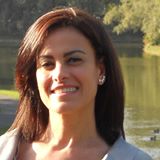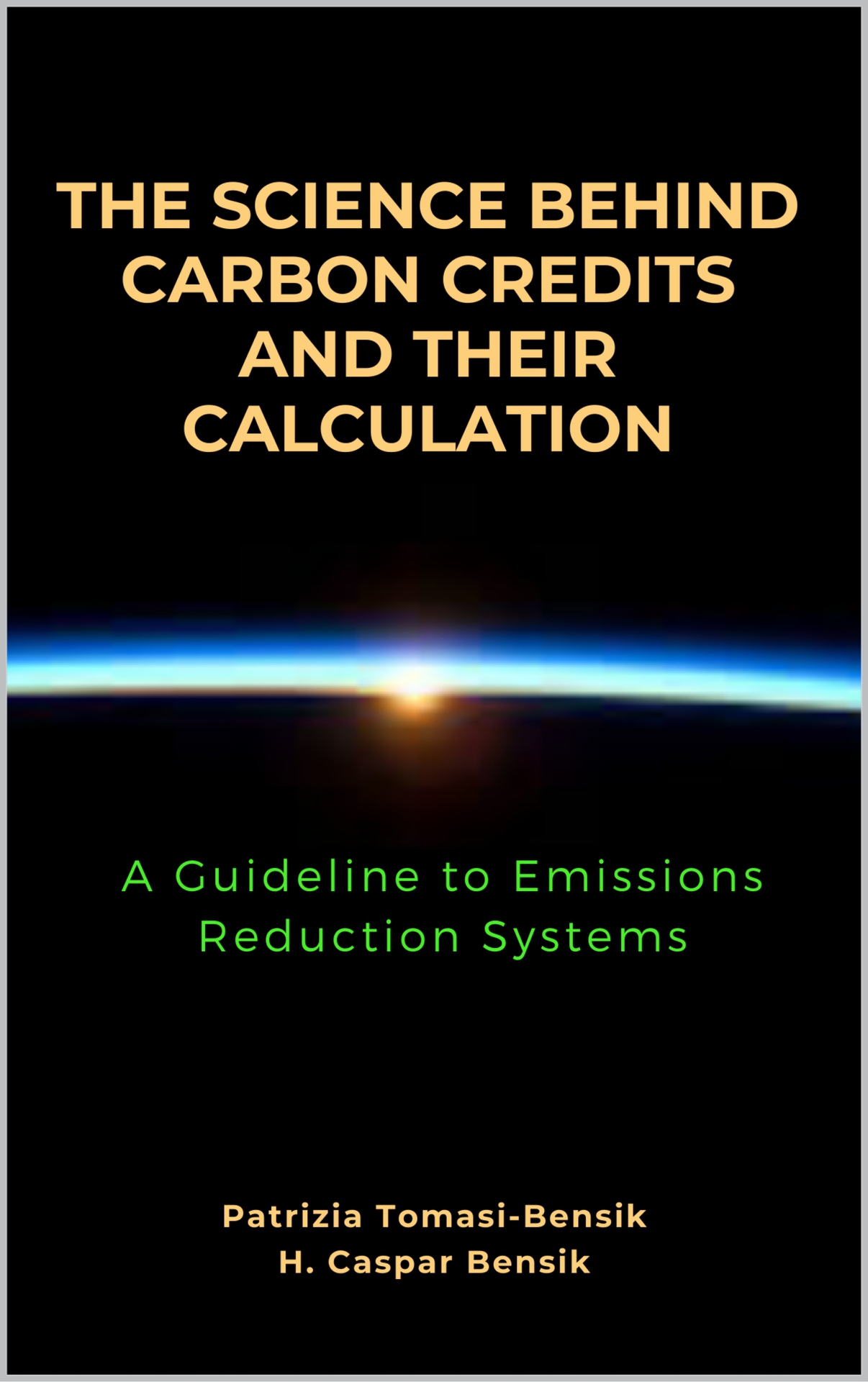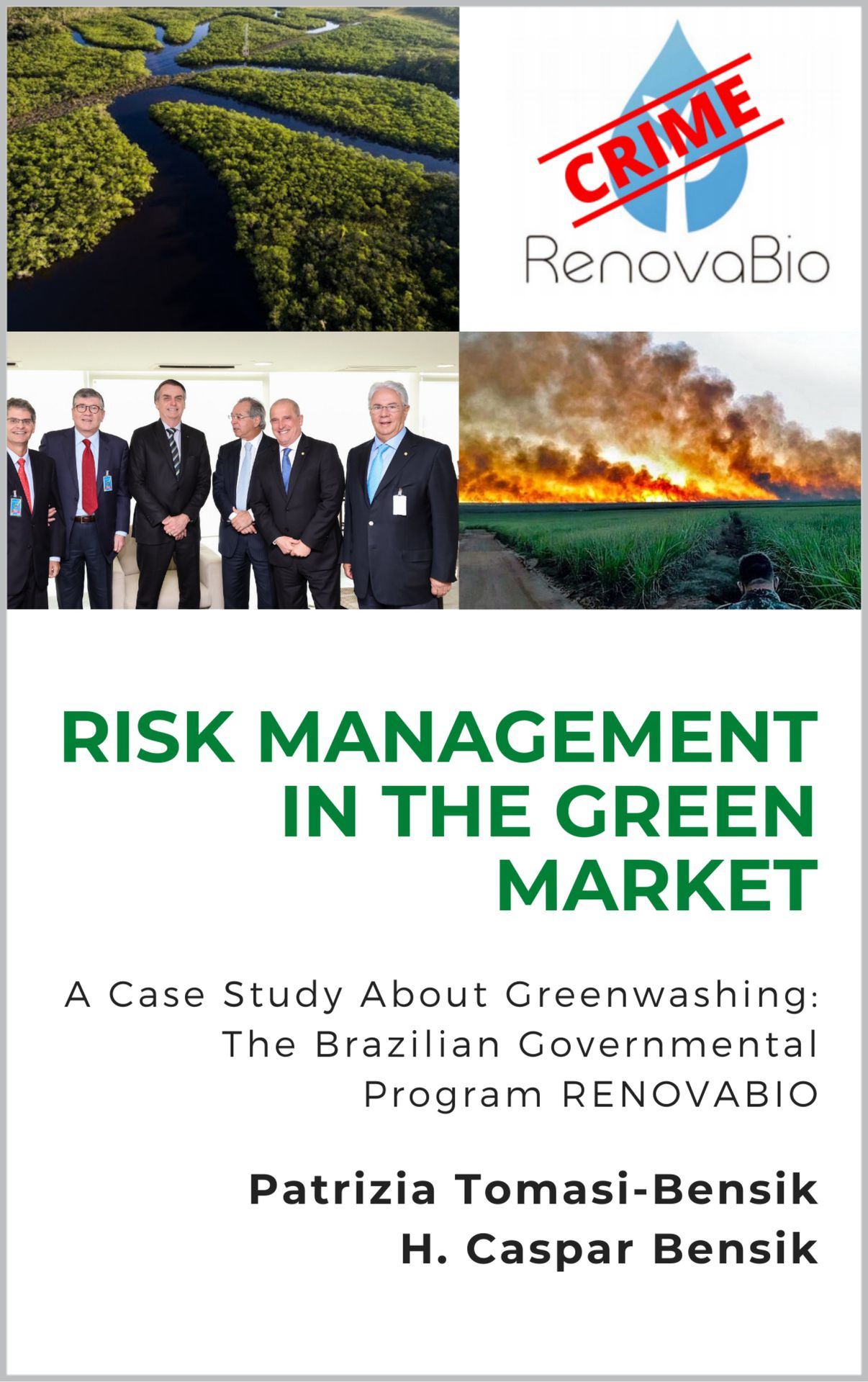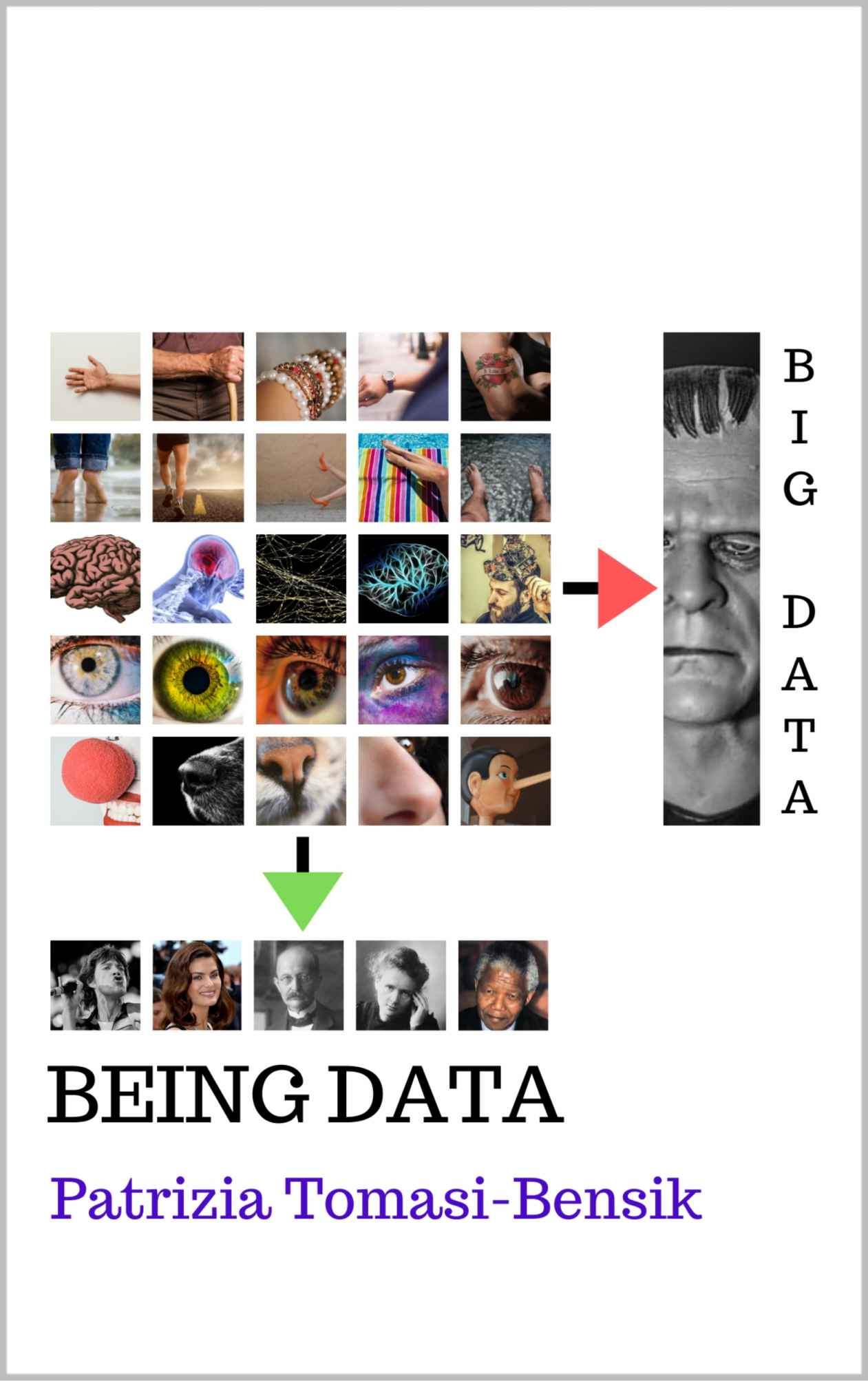Planck E PressCenter Articles
States of Matter
Date published: 2023-06-28
Date modified: 2023-06-28
Reading time: 00:01:03
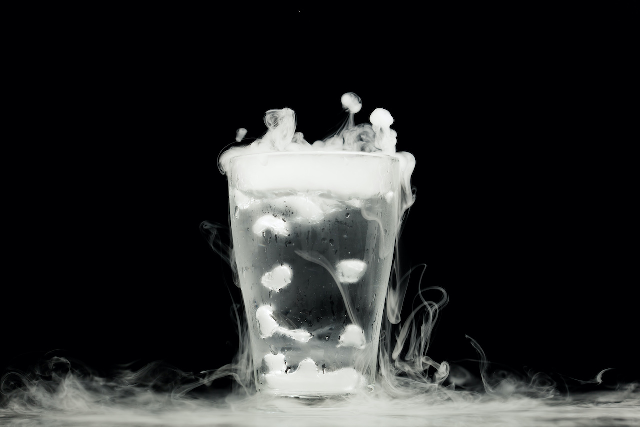
“Nothing mattered except states of mind, chiefly our own.”
John Maynard Keynes
Last week the media announced the discovery of a new state of matter.
No, this doesn't undermine what you learned in fifth grade about the three states of matter. But it is just another brick in the long-awaited bridge that connects high-energy particle physics to Consensus.
Under normal conditions of temperature and pressure, or in our reality, matter presents itself in three different ways: solid, liquid, or gas. Not so in the world of quantum mechanics, where the very concept of matter has no ultimate definition.
In this bizarre world of high-energy particles operating at temperatures close to absolute zero (-273,15K), experiments have presented us with 23 possible states of matter, ranging from our old, safe, and comfortable familiar solid, liquid, and gaseous to the twentieth third recently proposed by the team of the highly respected physicist Tigran Sedrakyan.
Let's start with the most familiar.
Plasma: is a state of matter similar to a gas, except that all particles carry an electric charge.
Bose-Einstein Condensate (BEC) or fifth state of matter: atoms and ions stop being separate particles and collapse into a single quantum state that can be described by a single wave function.
Superfluid: is a second-state liquid whose viscosity is zero.
Fermionic Condensate: similar to BEC, but composed entirely of fermions, such as quarks and leptons.
Rydberg Matter: is a condensed plasma resulting from the excitation of ions.
Photonic Matter: Interaction of photons and gas, which can be translated as a "gain" of mass to the photons, allowing them to interact.
Colored Glass Condensate: when the velocities of atomic nuclei approach that of the liquid, causing the nuclear gluons to organize in a particular region.
In addition, quantum mechanics works with concepts such as Quark Matter, Drop, Degenerate Matter, Superglass, Supersolid, Quantum Hall State, and String Network Liquid.
The state of matter proposed by Sedrakyan explores one of the wildest quantum states, focusing on strongly interacting quantum matter. Sedrakyan's Frustrated Quantum System is achieved through a two-layer semiconductor, where interatomic proximity gives rise to the new chiral edge state, where cooling matter to absolute zero causes electrons to freeze in a predictable pattern and the particles created in this state, called load neutrals, to rotate clockwise or counterclockwise. Even if you smash another particle into one of these electrons or apply a magnetic field, you cannot change its spin. The Chiral Edge State can be used to encode digital data in a fault-tolerant way!
Recent Presscenter Articles
-
The Parametrization of Science
-
A Scientific Impossibility
-
The Unsustainable Stability of the Atom
-
The Bell-Curve and the Neutron
Planck E - Books
For further information about Planck E PressCenter, please contact us.
Divulging ingenious solutions
The mission of the Planck E PressCenter is to promote ideas, products and theories that have not yet reached the mainstream, as captured in our first release Eccentrics and their Ingenious Solutions.
Newsletter
Sign up for our weekly Planck E Newsletter, complete with the latest ingenious solutions.
Click here for the signup form.
Submit your ingenious solution
We encourage you to submit your ingenious solution, article, press release or "out of the mainstream" technical idea for publication on the Planck E PressCenter. Please send us an e-mail to presscenter@planck-e.com and enquire how.
To learn more about holistic engineering, solutions inspired by nature, monetization of diseconomies, training courses or the incorporation of Being Data to your day-to-day, please follow us on the social networks.
